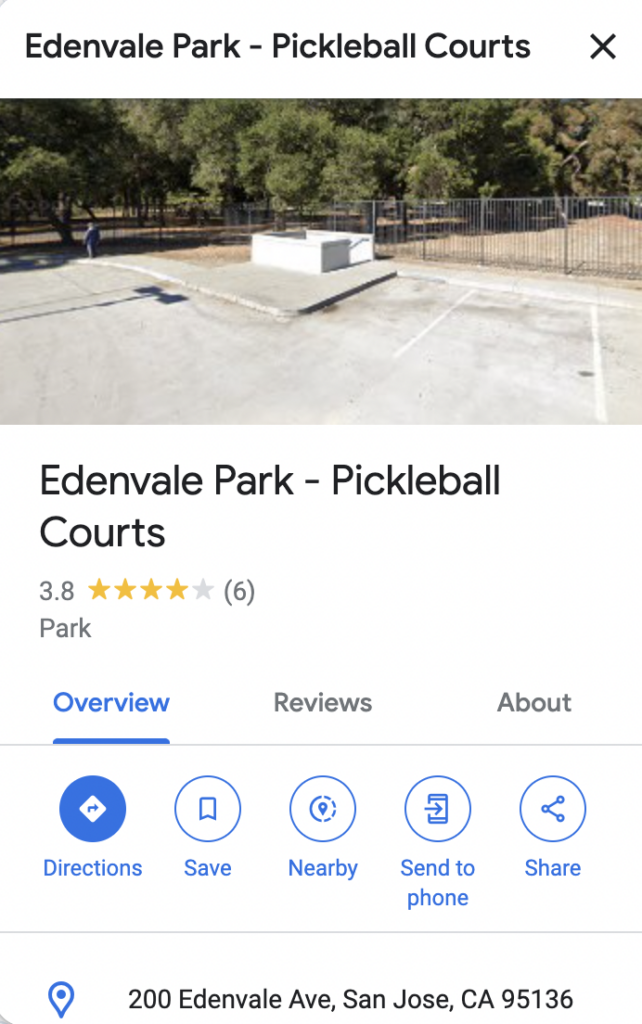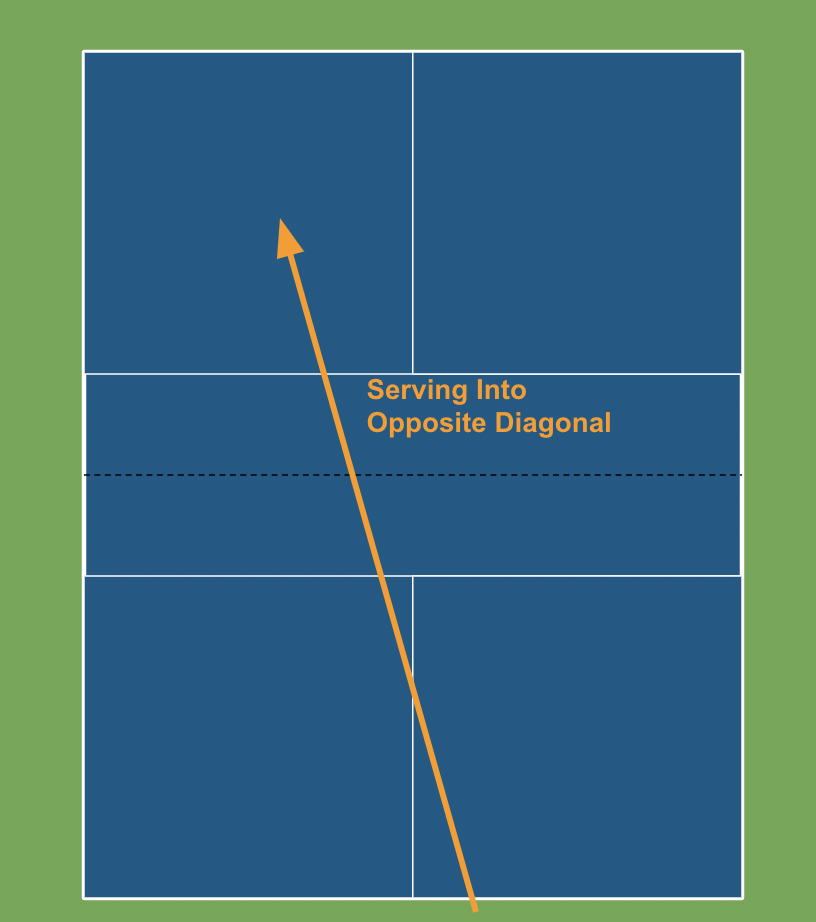When I started playing pickleball, I couldn’t find a resource that describes how to play pickleball in addition to resources where you can find gear, courts, and community.
As such, I put together this resource to help you when you are just starting off in pickleball.
1. Learn the Rules
You are going to need to know the rules of the game. The USA Pickleball site has the most comprehensive set of rules, and I will do my best to simplify them below with images.
Let’s start with the 4 S’s of the pickleball rules including other key rules.
Startup:
- You either play singles or doubles. In pickleball, doubles is actually more common.
- Regardless of what you choose, singles and doubles have the same rules.
Serving
- Your arm must move forward in an upward arc when the ball is struck.
- Your paddle contact cannot be made above your waist level.
- Your paddle’s head cannot be above the higher part of your wrist.
- You can drop serve, which means the above 3 concepts do not apply.
- When you strike the ball, your feet cannot touch the court and at least one foot must be behind the baseline .
- You cannot fault on the serve and get a second attempt. You are allowed only one attempt.
- You may determine who serves first by a coin flip or a paddle flip (heads or tails).
- Your serve is made diagonally cross court and must be on the opposite side of the court on serve. See image below.
Serving Sequence
The serving sequence depends on whether you play singles or doubles.
Doubles
- In double, each team has a chance to serve and score points, except for the first service sequence of a game where only one player on a serving team serves.
- Because the score is 0, the first serve is from the right side of the court as seen below.
- If point is score, the server switches sides to initiate the service from left side of court as seen below.
- When a fault is committed (examples: ball in net or ball out of bounds), the server loses the serve
- Once the services goes to the opposition (at what’s call a side out), the first service is from the right/even court.
Singles
- You serve on the right side when your score is even and the left side when you’re score is odd as seen below.

Scoring
- You only score when you are serving.
- You generally play games until 11 points, and you have to win by 2. Tournaments may be played to 15 or 21.
- When you are serving, you stand on the right or left based on YOUR score. So, if you have 0,2,4,6,8,10, you will serve on the right. If you have 1,3,5,7,9, you would serve on the left. See image above.
In Game Play:
Here are other components that are crucial to know when playing pickleball.
Two-bounce rule:
- When the ball is served, the receiving team must let it bounce before returning and serving team must also let it bounce before returning.
- After the two bounces, both team can hit the ball before it bounces or allow the ball to bounce one time off the ground.
Non-Volley Zone (aka kitchen)
- The non-volley zone (also known as “the kitchen”) is the court area within 7 feet on both sides of the net.
- Volleying is not allowed in the kitchen.
- It is a fault if volleying the ball, if the player steps into the kitchen or if your momementum causes you or anything you are wearing to touch the kitchen or associated lines.
- It is a fault even if the volleyed ball is declared dead before this happens
- You can legally enter the kitchen any time other than when volleying the ball.
Line Calls
- A ball is “in” if the ball hits any part of the line, except on the serve if the serving ball hits the non-volley zone line.
Faults
- A fault is an action that stops play due to a rule violation (such as hitting the net).
- A fault by the receiving team results in a point for the serving team (not vice versa).
Let’s next cover how to get a paddle and pickleballs
2. Get A Paddle
When you are a beginner, one of the first questions you will have is what paddle you will want to purchase. Undoubtedly, you will have questions whether you should choose a 14mm vs 16mm pickleball paddle. Be Pickleballer is a newer website, but I really like how in depth the writers are about pickleball paddles and strategy.
For example, when you are a beginner, you may want to invest in a cheaper pickleball paddle as there are major differences between cheap and expensive paddles, but a $5-$7 paddle can help you understand whether you like the game before making a larger investment.
Be Pickleballer provides these types of tips to help you economically get the most out of your pickleball experience.
You will also need to get pickleballs, which you can purchase easily online.
3. Find A Court
There are two main places where you can find a pickleball court, and I’ll explain which I like more and why:
In the bay area, there are a definite shortage of courts, and Google states that the closest pickleball courts to me are Edenvale pickleball courts:

But, Google maps is missing a key feature that Pickleheads caught right away. Pickleheads shows an update top down image that shows that the courts are tennis courts with pickleball lines. In the description, Pickleheads properly shows that these are tennis courts and you have to bring your own net.

4. Bonus: Join A Community
One of the best things is the pickleball community. For this, I found that Facebook (albeit the old social networth) and Pickleheads is both creating a fun community.
I am in a local bay area pickleball Facebook community, and here are a couple of national Facebook groups you can check out
Both of these Facebook communities have extremely active pickleball players teaching strategy and suggestions.
Next, you may lookup how to play a tournament. At tournaments, you may face what’s commonly known as sandbagging at pickleball as you have to self report your Dynamic Universal Pickleball Rating (DUPR).
See you on the courts!
Hopefully, this guide can help you get started to play pickleball in an area near you. Please subscribe if you’d like additional pickleball content to help you master the game of pickleball.
